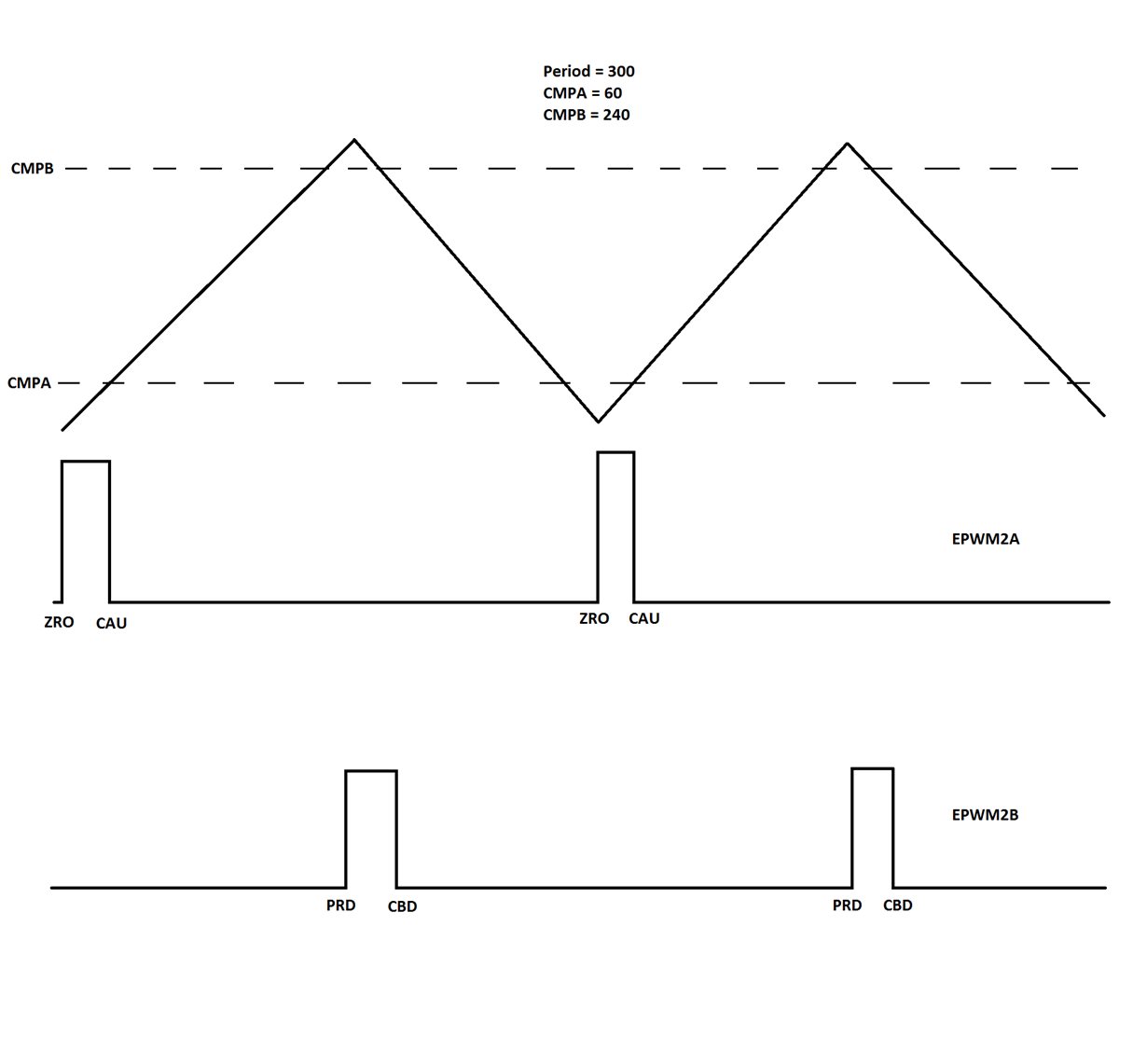I am working on a controller for a phase shift controlled converter. I need to implement a start up procedure to safely bring up the output voltage without blowing up the FETs. There are two possible ways for the start up to be done; either a simple 10 percent duty cycle PWM type signal or an open loop phase shift modulated output. Once the output is in a known state I would then like to switch over to the closed loop phase shift modulator operation. My first attempt was to try the PWM method, but unfortunately it looks like the ePWM modules are not reconfiguring in real time. Any ideas?
-
Ask a related question
What is a related question?A related question is a question created from another question. When the related question is created, it will be automatically linked to the original question.


